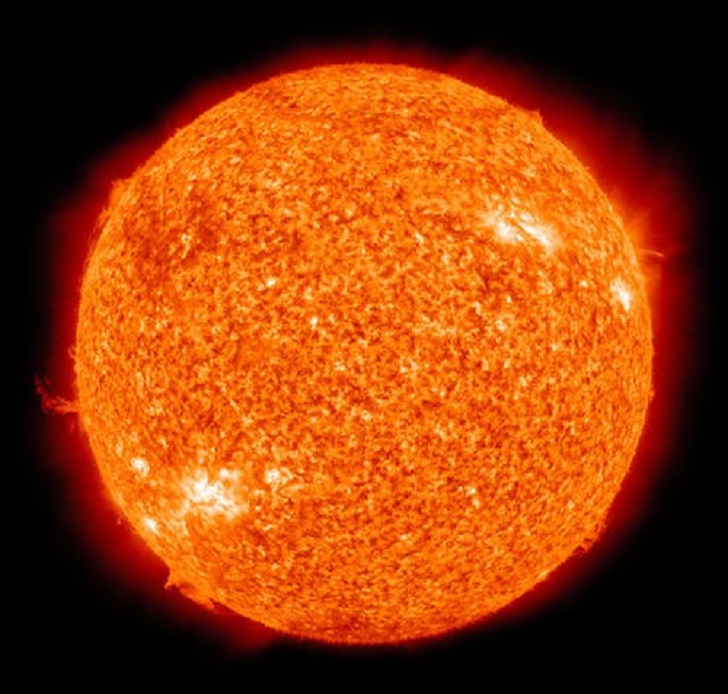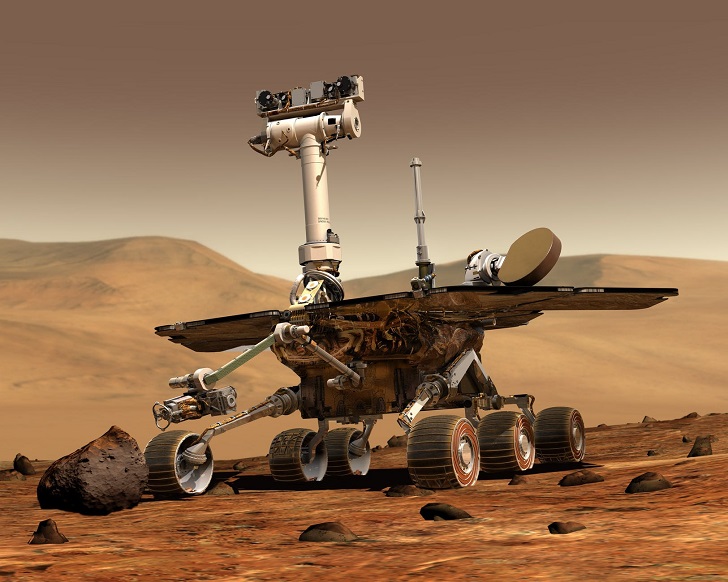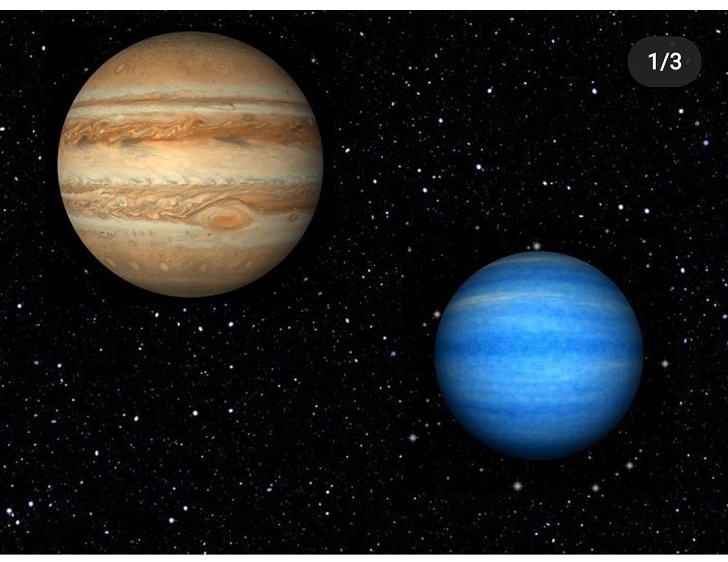Humanity has existed for thousands of years and as a race, we have been interested in what exists beyond the skies for many a millennium as well. In their bid to answer the question of what lies beyond the skies, many tribes and religions believed that gods lived beyond the space horizon.
In modern times, the idea of gods above the skies has largely been replaced by the possibility of alien existence in space. Although we are yet to find any gods or aliens in space, we have indeed made significant strides and discoveries during the last few centuries, thanks to technology. In this article, we will share some of the most mind-blowing facts about space, for your enlightenment and entertainment.

Pixabay/Pexels| The Sun
Earth’s Solar System is 4.57 Billion Years Old
Scientists discovered that our solar system is much older than mankind or the Earth itself. When we’re talking about the respective age of the bodies in our solar system, the Earth is 4.5 billion years old while the moon and the sun are 4.53 and 4.6 billion years old respectively.
The sun is expanding, and scientists believe that in another five billion years, it will become a red giant, which means it will use up its hydrogen core and start burning helium. This will significantly increase the sun’s size and put the planets close to it in danger. When that happens, we will have to find a solution that suits us. Thankfully, humanity has proven to be quite capable of achieving the impossible, thanks to brainpower and ingenuity.

Pixabay/Pexels | The Mars Rover
You Will Weigh Less on Mars
Compared to Mars, the Earth has a bigger gravitational pull, and hence, objects on Earth weigh more than they otherwise would on Mars. For instance, a person who weighs 220 pounds on earth would weigh only 84 pounds on Mars. Scientists often take this into consideration when sending droids to Mars.

Dimitri_Camiloto/Instagram | Jupiter
Jupiter Has The Most Moons in Our Solar System
Most of the planets in our solar system have one or more moons. While Mercury and Venus have no moon, the earth has only one moon, Mars has two moons, and Jupiter has a grand total of 79 moons! Jupiter also has Ganymede, the largest moon in our solar system which measures 33,279 miles in diameter and can also be observed with a pair of binoculars from Earth.